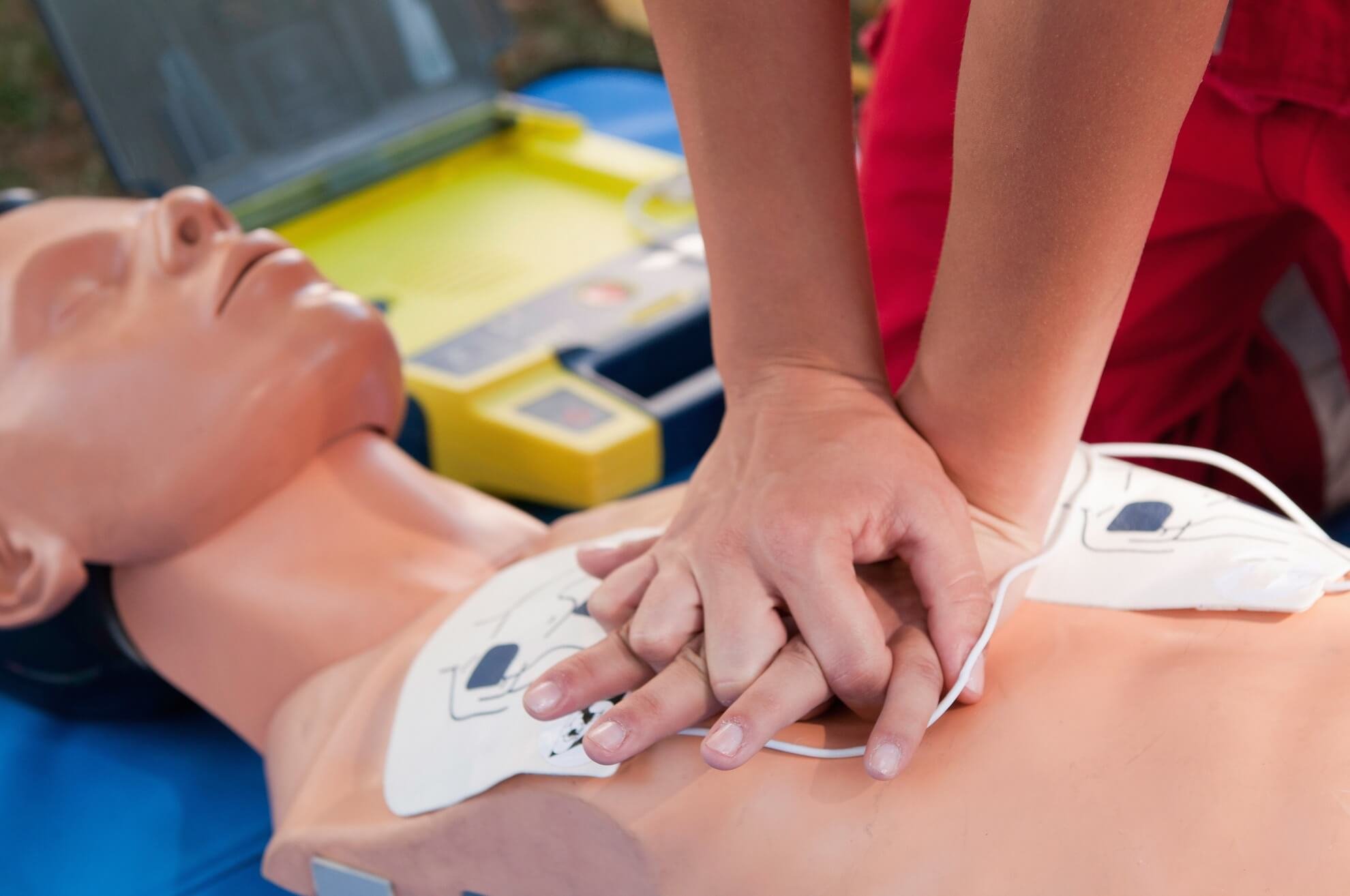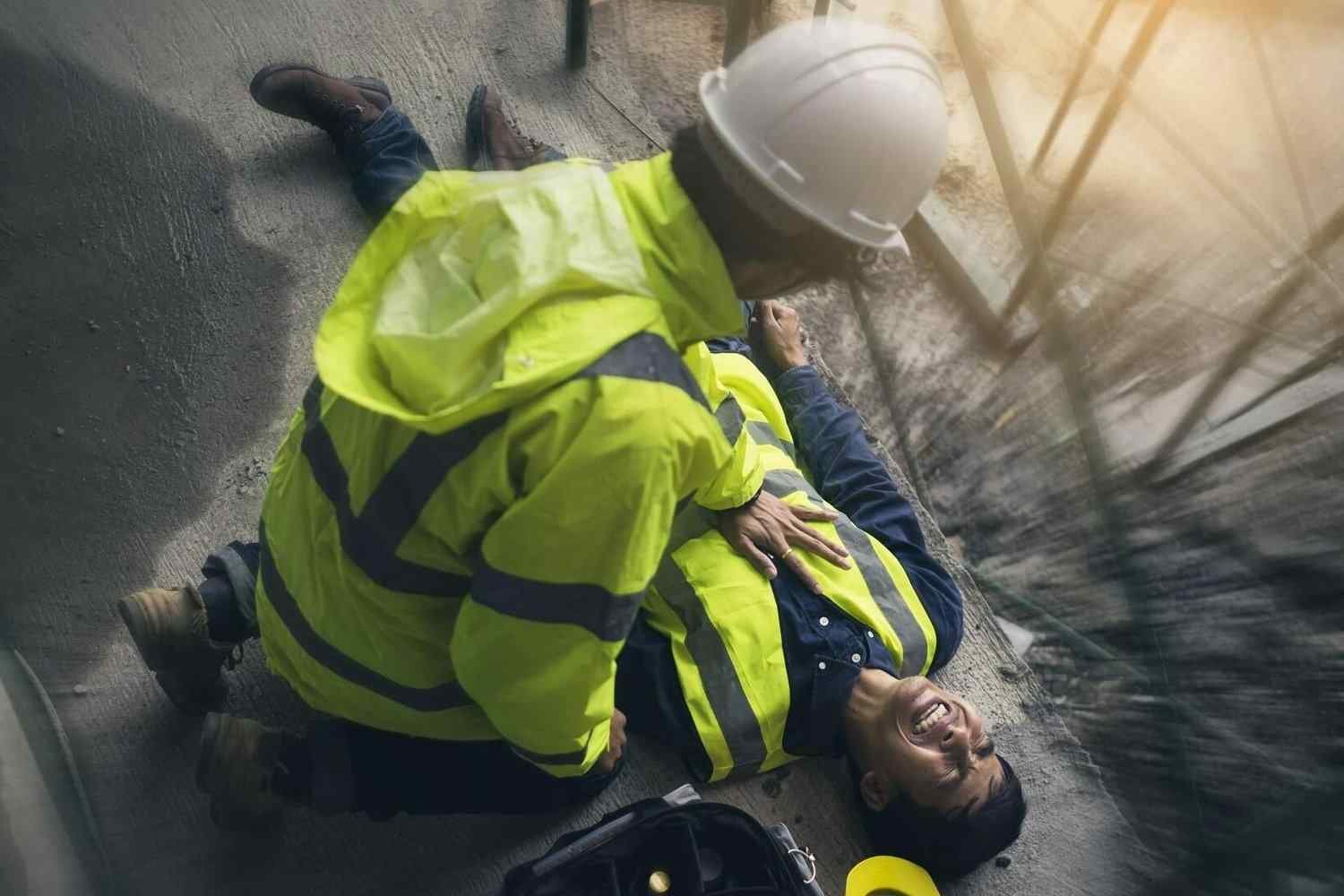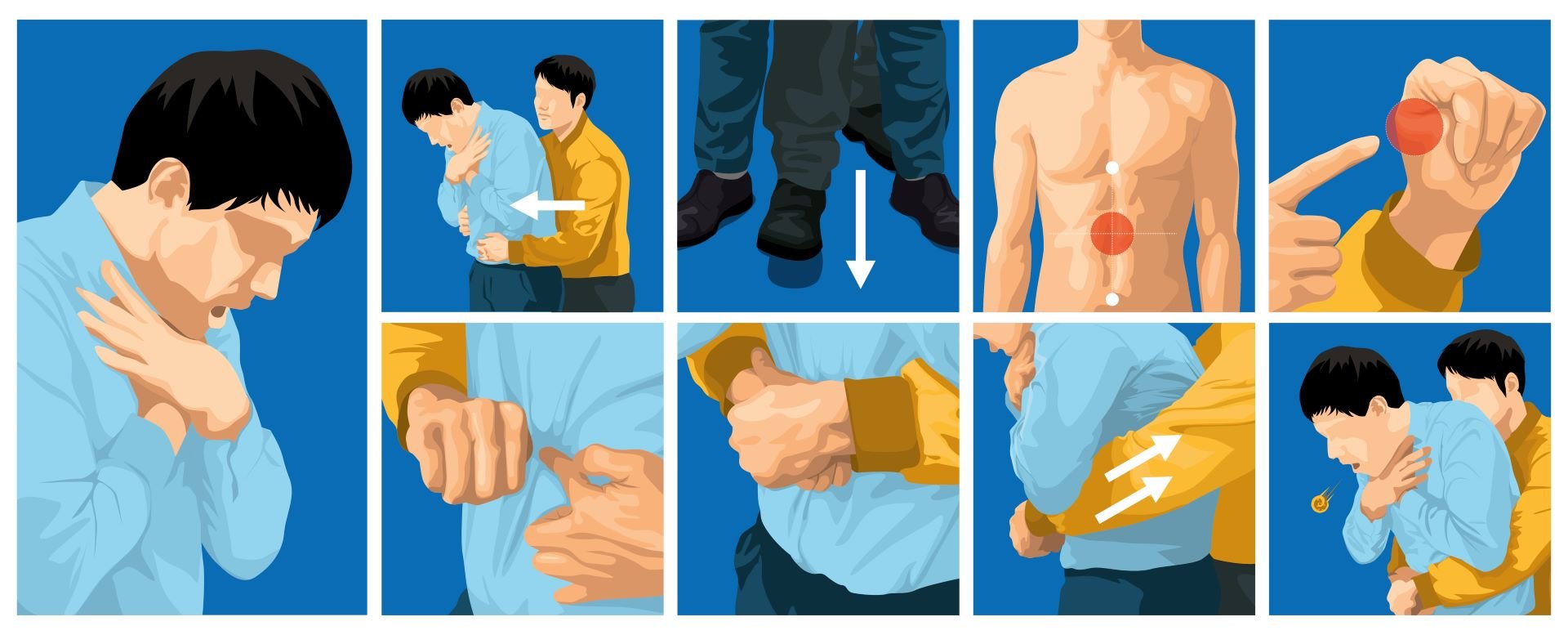How Far Do You Push Down CPR? Understanding Chest Compressions in Emergencies
Introduction
When faced with a medical emergency, every second counts. Cardiopulmonary Resuscitation (CPR) can be a life-saving technique used to keep blood and oxygen flowing to vital organs when a person's heart stops beating. Knowing how far to push down during chest compressions is critical, but it can be challenging to gauge accurately in the heat of the moment. In this article, we will explore the recommended depth for CPR, the challenges of assessing it precisely, and why chest compressions should aim for about one-third of the chest depth as a guide. Additionally, we will address the occurrence of broken ribs during CPR, especially in the elderly or those with conditions that affect bone density.
1. The Importance of Proper Chest Compressions
Performing CPR correctly is crucial for improving the chances of survival in cardiac arrest situations. When a person's heart stops, immediate and effective chest compressions can keep the blood flowing, providing vital oxygen to the brain and other organs.
2. A hard flat surface is essential
When commencing CPR, getting the casualty onto a hard surface is of utmost importance. Performing chest compressions on a hard surface, such as the floor or a firm board, allows for more effective and consistent compressions. The firm surface provides a stable platform, ensuring that the force applied during compressions is evenly distributed across the chest, maximizing blood flow to vital organs. In contrast, attempting CPR on a soft or uneven surface may result in inadequate compressions and reduced circulation. Additionally, a hard surface facilitates proper hand placement and depth of compressions, which are crucial factors for CPR success. By promptly moving the casualty to a hard surface before starting chest compressions, rescuers can significantly improve the chances of a positive outcome in a life-threatening situation.
3. Recommended Depth for CPR
The depth of chest compressions is a critical factor in CPR effectiveness. According to guidelines from the British Heart Foundation, the ideal depth for adult chest compressions is approximately 5-6 centimetres or about 2-2.5 inches.
4. The Challenge of Gauging Depth in the Heat of the Moment
In an emergency, it can be challenging to measure the exact depth of chest compressions to the centimetre. The priority is to act quickly and apply continuous compressions at a sufficient depth to maintain blood circulation.
5. Aiming for About One-Third of Chest Depth as a Guide
To simplify the process and improve the likelihood of performing effective chest compressions, aim to push the chest down by about one-third of its depth. This rule of thumb provides a practical approach when precise measurement is difficult.
6. Understanding Broken Ribs in CPR
It's not uncommon for CPR to cause broken ribs, especially in older adults or individuals with conditions that affect bone density.
7. Why Do Broken Ribs Occur During CPR?
During chest compressions, the sternum is pushed downwards, and the ribs may fracture due to the force applied. This can be a natural consequence of effective chest compressions and should not discourage CPR efforts.
8. Risk Factors for Rib Fractures
Certain factors increase the likelihood of rib fractures during CPR. These may include age, osteoporosis, or other bone-related conditions.
9. The Importance of Not Stopping Compressions
Despite the possibility of broken ribs, it is essential not to stop CPR. The benefits of maintaining blood flow outweigh the risks of rib fractures.
10. Minimising Discomfort and Injury
While broken ribs are a possibility during CPR, rescuers can take steps to minimize discomfort and injury. Placing hands correctly and using the heel of the hand to apply pressure can help distribute force more evenly.
11. The Role of CPR Training
Proper training in CPR techniques can significantly impact the effectiveness of chest compressions and reduce the risk of unnecessary injury. At NR Medical Training we provide a range of first aid courses for both adults and paediatrics. Our courses are all taught by clinically experienced instructors.
12. The Psychological Impact on Rescuers
Performing CPR can be emotionally challenging for rescuers, especially if they encounter broken ribs or other injuries. Seeking support and debriefing after the incident is essential for mental well-being.
13. How to Offer CPR Support as a Bystander
Bystanders play a critical role in responding to emergencies. Knowing how to offer CPR support can make a life-saving difference until professional help arrives.
14. The Importance of Calling for Professional Help
While CPR is a crucial intervention, it is not a replacement for professional medical assistance. Calling for emergency services should always be a priority.
Conclusion
In emergencies, knowing how far to push down during CPR is vital for providing life-saving chest compressions. While recommended depths are useful guidelines, it's essential to focus on continuous, effective compressions rather than precise measurements. The possibility of broken ribs should not deter rescuers, as the primary goal is to maintain blood flow and increase the chances of survival. By understanding the challenges and embracing proper training, bystanders can confidently offer CPR support and be the difference between life and death.
Frequently Asked Questions (FAQs)
Can CPR cause broken ribs? Yes, CPR can cause broken ribs due to the force applied during chest compressions. However, it should not discourage rescuers from performing CPR, as it can save lives.
How deep should chest compressions be during CPR? The ideal depth for adult chest compressions is approximately 5-6 centimetres or about 2-2.5 inches.
Should I measure the depth of chest compressions precisely during CPR? While precise measurement is not feasible in the heat of the moment, aiming to push the chest down by about one-third of its depth can be a practical guide.
Are broken ribs common during CPR? Yes, broken ribs are relatively common during CPR, especially in older adults or individuals with conditions that affect bone density.
What should I do if I encounter broken ribs while performing CPR? If you encounter broken ribs during CPR, continue performing chest compressions while seeking medical attention for the individual to evaluate their condition fully.








